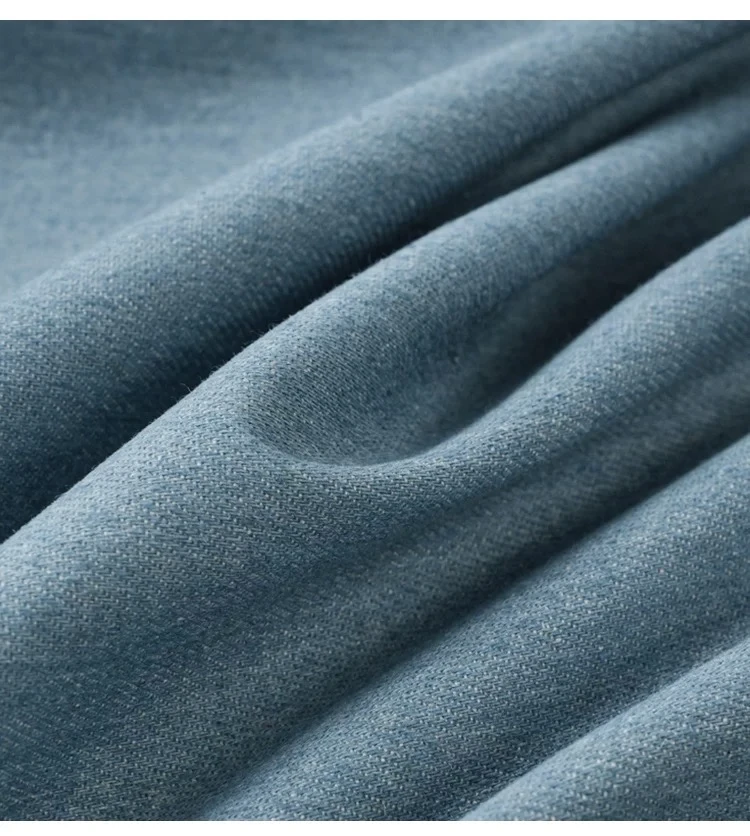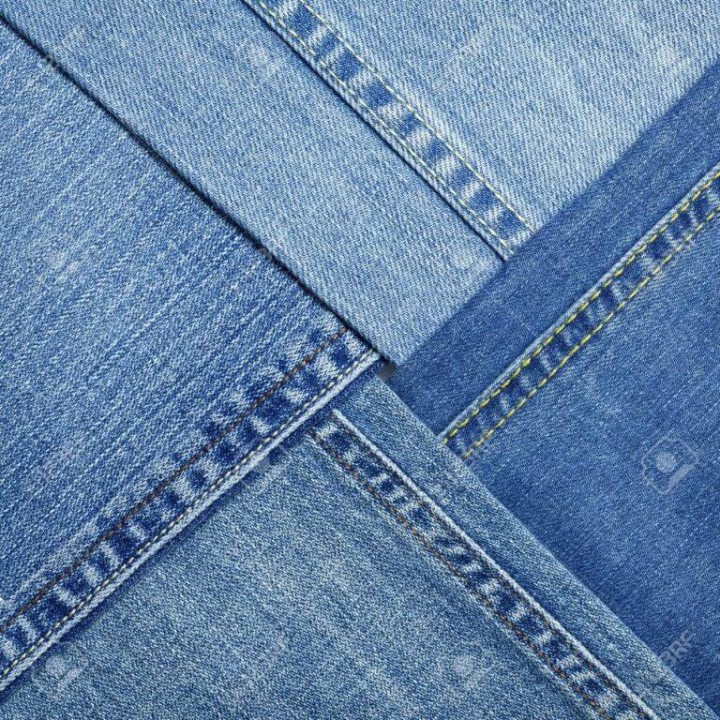Indigo Blue Vat Blue


Post-dyeing procedures form the bedrock of colorfastness and fabric integrity. Rinsing the fabric thoroughly to remove any excess unattached indigo particles is critical. Following this, a neutralizing soak with a plain water bath or a light vinegar solution aids in setting the dye, enhancing durability against washing and light exposure. A crucial component of ensuring high quality in indigo dye setting is the drying process. Air drying in a shaded, airy environment prevents the harsh bleaching effect of sunlight, which can alter the tone of the indigo. Furthermore, finishing treatments, such as steaming or pressing, solidify the dye's attachment to the fabric fibers, augmenting color retention and luster. Emphasizing environmental friendliness and sustainability is becoming an essential aspect of modern textile practices. Utilizing organic and biodegradable materials in both the dyeing and setting processes not only ensures a high-quality end product but also aligns with the global movement towards eco-conscious consumerism. Finally, ongoing evaluations and customer feedback are invaluable for continuous improvement in dye setting techniques. Engaging with textile professionals, attending workshops, and experimenting with new methods are all essential practices for staying at the cutting edge of high-quality indigo dye fabric production. Through the expertise gained from centuries of indigo dyeing traditions, combined with contemporary technological advancements, there lies a unique intersection of skill, science, and sustainability. By focusing attention and care on every step from selection to post-care, artisans and manufacturers today can deliver indigo dyed fabrics that are not only visually stunning but also durable, environmentally friendly, and imbued with a story woven into every line of rich blue.
-
Sulphur Black Dyes in Daily Use
NewsMay.07,2025
-
Indigo Dyeing for Daily Life
NewsMay.07,2025
-
Indigo Dye Production and Its Growing Demand
NewsMay.07,2025
-
Color That Lasts
NewsMay.07,2025
-
Bromo Indigo for Modern Use
NewsMay.07,2025
-
Blue From Nature
NewsMay.07,2025
-
The Timeless Color in Fashion and Textiles
NewsApr.10,2025

Sulphur Black
1.Name: sulphur black; Sulfur Black; Sulphur Black 1;
2.Structure formula:
3.Molecule formula: C6H4N2O5
4.CAS No.: 1326-82-5
5.HS code: 32041911
6.Product specification:Appearance:black phosphorus flakes; black liquid

Bromo Indigo; Vat Bromo-Indigo; C.I.Vat Blue 5
1.Name: Bromo indigo; Vat bromo-indigo; C.I.Vat blue 5;
2.Structure formula:
3.Molecule formula: C16H6Br4N2O2
4.CAS No.: 2475-31-2
5.HS code: 3204151000 6.Major usage and instruction: Be mainly used to dye cotton fabrics.

Indigo Blue Vat Blue
1.Name: indigo blue,vat blue 1,
2.Structure formula:
3.Molecule formula: C16H10N2O2
4.. CAS No.: 482-89-3
5.Molecule weight: 262.62
6.HS code: 3204151000
7.Major usage and instruction: Be mainly used to dye cotton fabrics.

